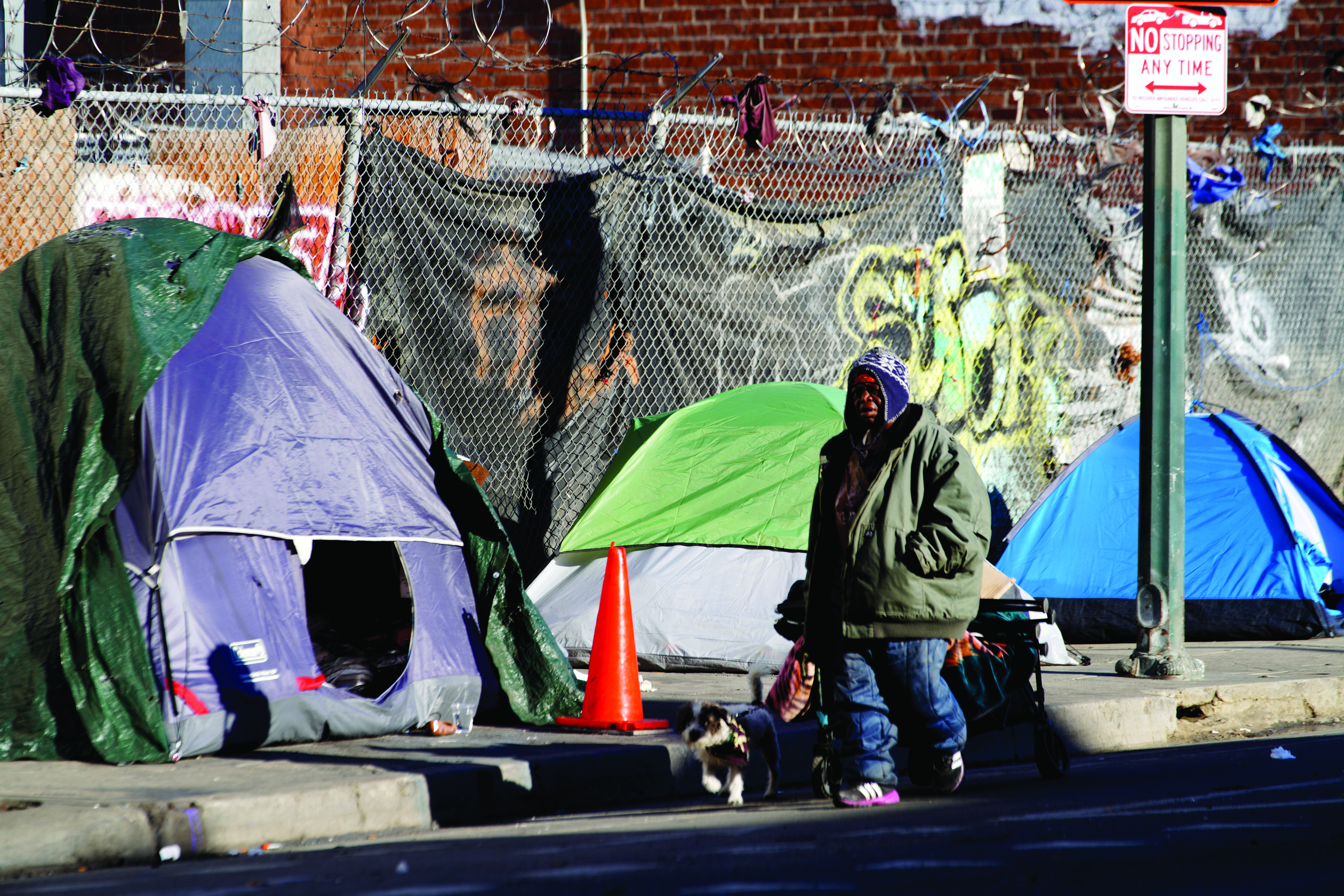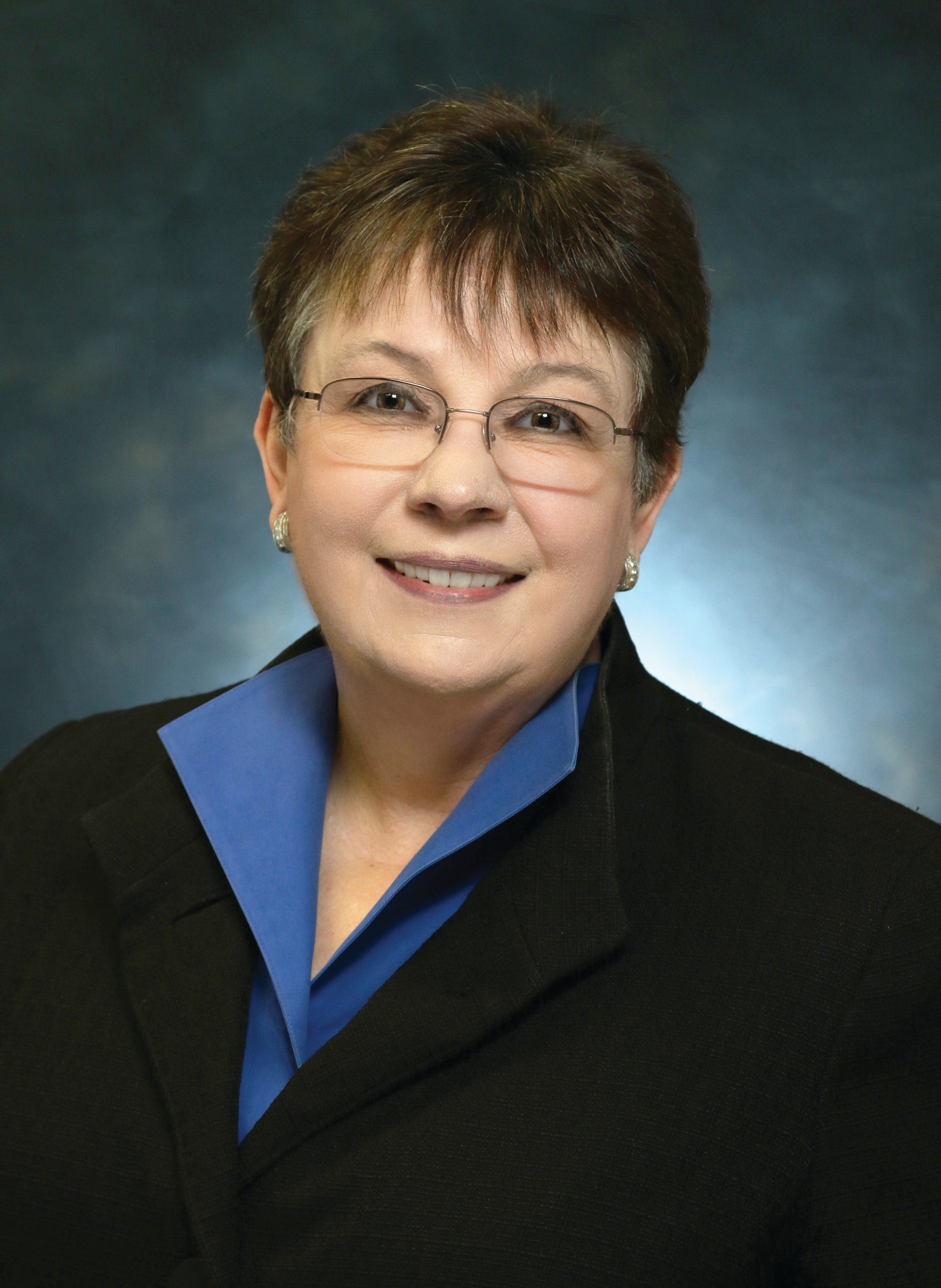New California law placing unhoused individuals with addictions in conservatorships faces questions

Placing the unhoused in conservatorships may be easier under a recently changed California law. AP Photo/Richard Vogel.
More than 30% of the country’s unhoused population lives in California, and while state and municipal agencies say they devote significant resources to helping people find shelter, the population continues to grow. Many place part of the blame on severe substance abuse disorders and untreated mental illness. California law now allows courts to put individuals suffering from those ailments into conservatorships to receive treatment.
The law applies to individuals who can’t provide for their basic needs, including food, shelter and medical care. Before the language was amended, placements were restricted to individuals found to be a danger to themselves or others, and substance abuse was not part of the consideration. Now, anyone deemed to be “gravely disabled” or suffering from a significant substance abuse disorder can be placed into a conservatorship and institutionalized for an initial 72-hour hold. Longer placements can also happen.
The law modernizes the definition of “gravely disabled” initially established in 1967’s Lanterman-Petris-Short Act, which set up civil liberties protections for individuals, according to state Sen. Susan Talamantes Eggman, the Stockton legislator who wrote the bill.
Prior to the Lanterman-Petris-Short Act, “public policy was essentially to warehouse people that were mentally ill,” Eggman said in a news release announcing Gov. Gavin Newsom’s signing of the bill. “Like many things that are decades old, it has long been time to make some adjustments to the law to address the realities we are seeing today on our streets.”
Other supporters include the mayors of San Francisco, San Diego and Sacramento. However, only two out of 58 California counties implemented changes immediately. Costs are a concern, and some lawyers who represent people with disabilities question whether the changes actually will help.
Under the Lanterman-Petris-Short Act, state court judges decide if an adult with a severe substance abuse disorder or untreated mental health problems will be placed in treatment at a locked facility. The conservatorships can last for a year and may be renewed if someone still exhibits grave psychiatric or substance abuse issues. If the individual has no adult to oversee care, responsibility goes to the office of the Public Guardian. Then the court appoints a conservator, and that conservator can choose appropriate housing placement.
If the person wants to challenge the placement and can’t afford a lawyer, the court can appoint one.
Also, someone can be removed from a conservatorship if they stop abusing substances and meet a baseline for treatment.
David Stroud, a court-appointed counsel for conservatorship cases in Los Angeles County, estimates that he’s represented 100 wards in the past five years. He supports the changes but isn’t sure they will adequately address issues with drug abuse among the unhoused population.
 Mary Thornton House. Photo courtesy of Judge Mary Thornton House.
Mary Thornton House. Photo courtesy of Judge Mary Thornton House.Between 2014 and 2021, the annual deaths of unhoused people in Los Angeles County went from 658 to 2,201; and for the final two years of the time period, 37% of the deaths were caused by drug overdoses, often involving fentanyl, according to a 2023 report by the county’s department of public health.
“Most, if not all, of the people who are addicted to drugs do not want to stop taking their drugs. They will never agree to stop using them,” says Stroud, who also does not think people will willingly be placed in guardianships.
Outcomes questioned
Others are concerned the law will not be applied equally. Samuel Jain, a senior attorney for Disability Rights California, says the guardianships will predominantly target people of color—who often don’t have good relationships with the police and are more likely to be misdiagnosed with psychotic disorders.
“Taking away someone’s rights and putting them in a locked institution doesn’t make that person want to get help later on; it actually pushes people away from the mental health system, which is not what we want to do,” Jain says.
Counties have until 2026 to implement the law. Only San Francisco and San Luis Obispo counties started implementation in January.
Other counties reported they don’t have the staff to support the program, which will be expensive. The state has not released data on what individual treatment costs will be.
There are also concerns about counties implementing the law differently.
“The legal criteria are being defined in different ways,” says Alex Barnard, a New York University sociology professor. He wrote a 2023 book on the topic titled Conservatorship: Inside California’s System of Coercion and Care for Mental Illness.
According to him, there is no statistical evidence that shows involuntary treatment for substance abuse disorders is effective.
“The problem that people are trying to address is real and requires a new approach, but I’m very concerned about the way this reform is being rolled out. One of my big issues is that there is already a conservatorship system that is already conserving thousands of people, and it has incredibly little accountability,” Barnard says.
Others are hopeful the changes will help people and that the programs will be supported with resources needed to be successful.
“Recovery from severe substance use disorders is a process and one that takes time and ongoing support, similar to other chronic diseases,” says Patrick Krill, a lawyer, author and certified addiction specialist.
He notes that substance abuse disorders are on a spectrum: mild, moderate and severe.
“This new law affects those with a severe substance use disorder or chronic alcoholism, which are the endpoints on that continuum,” Krill says. “When someone has a severe substance use disorder, they are at high risk of serious injury or death or other catastrophic personal and health consequences.”
For the California program to be effective, individuals placed under a conservatorship will need to start with detox and stabilization followed by inpatient treatment, Krill explains. Next, they will need structured living and other continuing care resources, he adds. “This approach will need to be closely supervised and well-resourced, funded and managed,” he says.
A new drug
Mary Thornton House, who retired as a Los Angeles County Superior Court judge in 2018, heard conservatorship cases in probate court. According to her, every judge’s interpretation of untreated mental illness or severe substance abuse disorder will be different, and making uniform presumptions of someone’s level of drug use and subsequent confinement would be a due process violation.
She questions whether getting high in the street amounts to someone being gravely disabled. Also, someone who is unhoused, high and commits a crime could easily go into the criminal justice system, she adds.
“There is a law that says X, but you can apply different facts to that same law and have a different result. That’s all part of our constitutional DNA, and that’s due process. You don’t take someone’s freedom away from them without fair application of the facts of law,” House says.
Still, she thinks it’s time to try something different. When House worked in downtown Los Angeles 30 years ago, the unhoused people she saw were mostly mentally ill and not heavy substance abusers.
“Now you see many. Before, they were not young, but that’s different. Now there are a fair amount of young people, and they are using fentanyl and other drugs that actually modify the brain to a degree that they have no ability or desire to enter into a sobriety program,” House says.
This story was originally published in the April-May 2024 issue of the ABA Journal under the headline: “Mandatory Care: New California law aimed at helping unhoused individuals with addictions faces questions”



